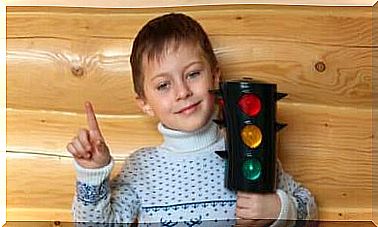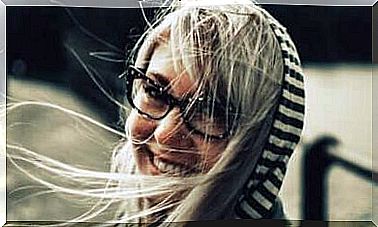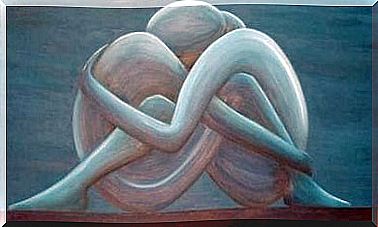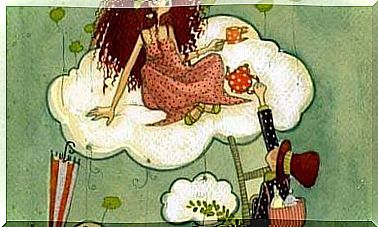Distrustful People: The Hidden Reality That Explains Their Behavior
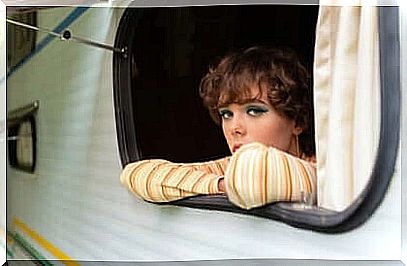
Behind the suspicious people are insecurity and the mechanisms of emotions that do not let it be, that hinder and diminish potentials. It’s possible that their behavior will surprise us, and that the idea that “who doesn’t trust is not trustworthy” arises in our minds. However, it is necessary to understand how difficult it is sometimes to trust 100% of the people around us.
No loneliness is deeper and more painful than lack of trust. Those who suffer from it, those who use this elusive, rigid, and cold-hearted behavior are not exactly happy people.
Many of these profiles are the result of deep disappointment, betrayal, neglect of a childhood devoid of attachment and affection. When the connection with those we love is traumatically broken, it’s hard to reconnect that beautiful word: trust.
Our brain, as a social entity and basically programmed for emotional connection, suffers when it does not have access to the interrelationship, when it lacks, in essence, strong ties, generators of spaces that make us feel cared for, loved and valued. If that fails, if we don’t see this positive reinforcement, our insecurity will become our biggest jailer.
Distrustful people are not always like that by choice. Furthermore, this type of profile constantly lives under the veil of fear. Because if there’s one thing they’re afraid of, it’s getting hurt again. So they don’t hesitate to erect walls around them and put up detectors so that no one crosses that line of self-protection.
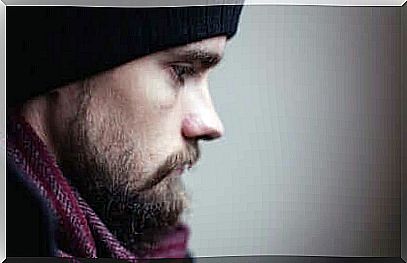
Distrustful People and the Weight of Negative Emotions
In 1861, Charles Darwin wrote a letter to a friend, one of those so special that it would later be published in the book Autobiography and Selected Letters ( 1881). In it, he literally said the following: “Today I feel really bad, I feel stupid and I hate everyone.” This sentence – almost like a child’s tantrum – was marked with anger, resentment and frustration, aspects that would later be analyzed by Darwin himself.
Remember that the famous naturalist and father of the theory of human evolution was very curious about the world of emotions. The reason he wrote this sentence was because he felt betrayed by a colleague. He had lost trust in someone and was hurt. This suffering translated into intense negative emotions that accompanied him for months.
A study at the University of Amsterdam and the University of Zurich found evidence to support an idea related to what Darwin had experienced. Neurologist Jan Engelmann has described this neural mechanism that defines suspicious people. According to this work, there are people who chronicle the negative emotions resulting from disappointment or betrayal and this, this constant fear, prevents them from trusting again.
The amygdala, our sentinel of fear
When a person suffers under the skin the weight of lying, deception, abandonment or betrayal, he fears, above all, going through the same thing again. It is true that some people face and manage these situations effectively. They are those people who learn from what happened, but who don’t get caught up in negative emotionality, assume what they’ve lived through, turn the page and open themselves to other experiences.
- On the contrary, there are others that hover under the weight of negativity, in the “I feel stupid and I hate everybody” that Darwin expressed in his day. This type of situation is mainly mediated by a specific brain structure: the amygdala.
- She is the one who puts suspicious people into a state of constant hypervigilance. Almost automatically, they begin to associate almost every detail with a threat. They apply categorizations, make use of biases, prejudices and an internal dialogue so limiting and negative that they themselves end up “drunk” with their own extreme anguish and mistrust.
It’s not easy to live like this, in this territory of total misery.

What can we do if we feel unable to trust people again?
Distrustful people are often trapped in a vicious agonizing circle. They can no longer trust those who appear in their daily lives. Your approach, your behavior and your attitude generate more rejection around you. Seeing how others distance themselves further increases their discomfort and reinforces once again the desire to isolate themselves, to protect themselves.
So what can be done in these cases? If we respond to this same profile, what should we do to truly reconnect with the people around us? The answer is simple to say and complex to carry out: before trusting others, we must trust ourselves.
It’s not an outside job, it’s not about improving our social skills, sympathy or charisma. It’s about connecting with our broken pieces, with the neglected self-esteem and the mark left by that disappointment or hurt from the past that lives in us intensely.
It is hard work in which we recover our identity, validate ourselves in every way and, above all, feel worthy to experience happiness.
Only when we regain connection with ourselves, feeling strong and confident, will we break down the walls around us to allow new access. And we will do this without fear, knowing that self-confidence and trust in others is the engine that makes life easier.
